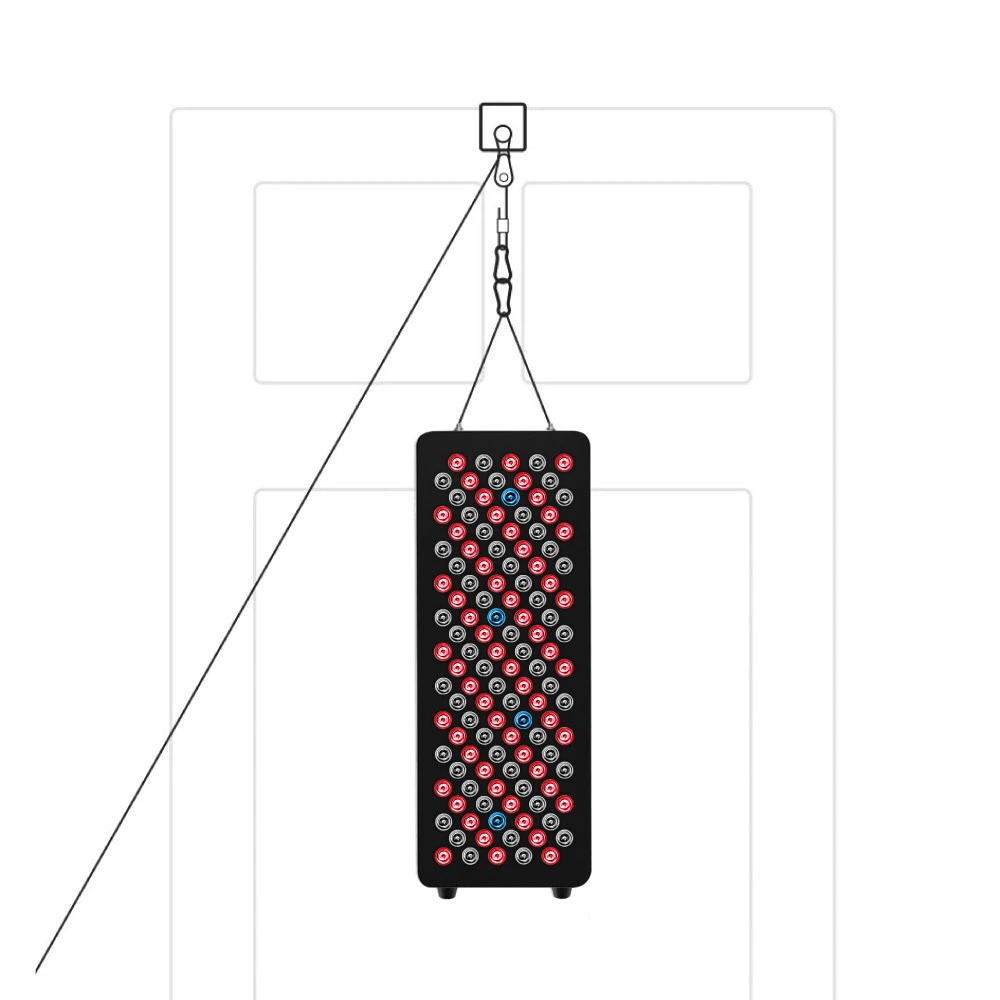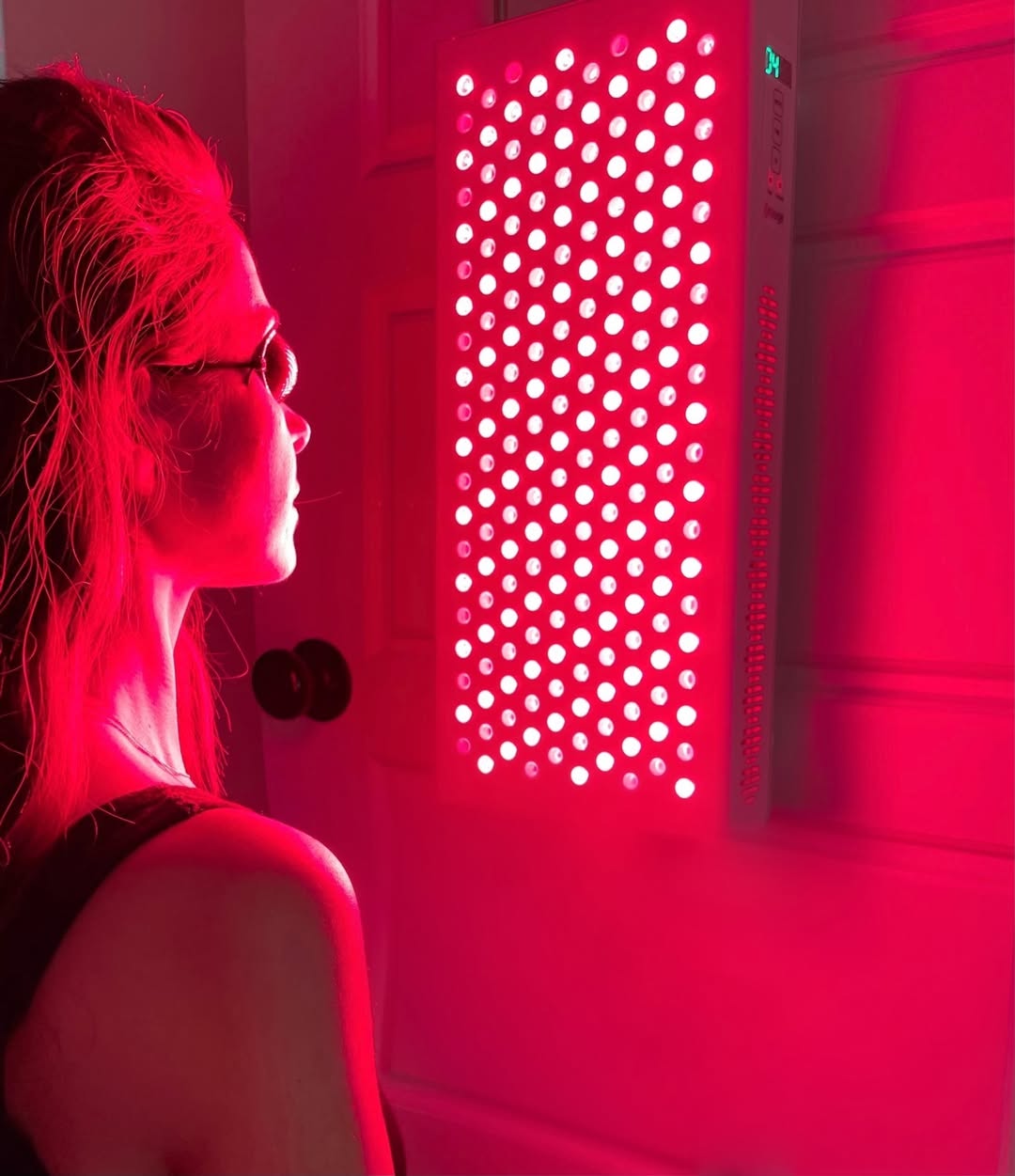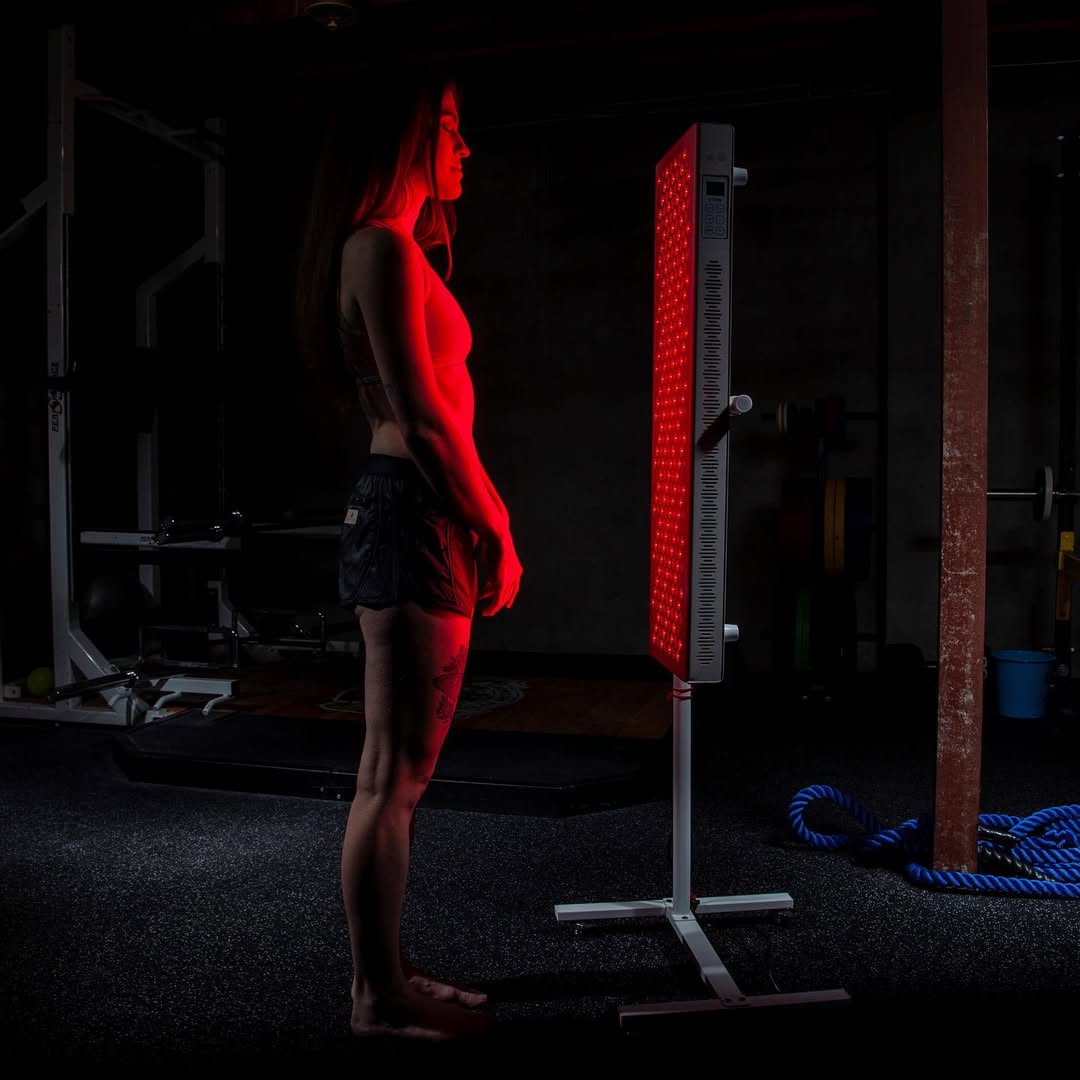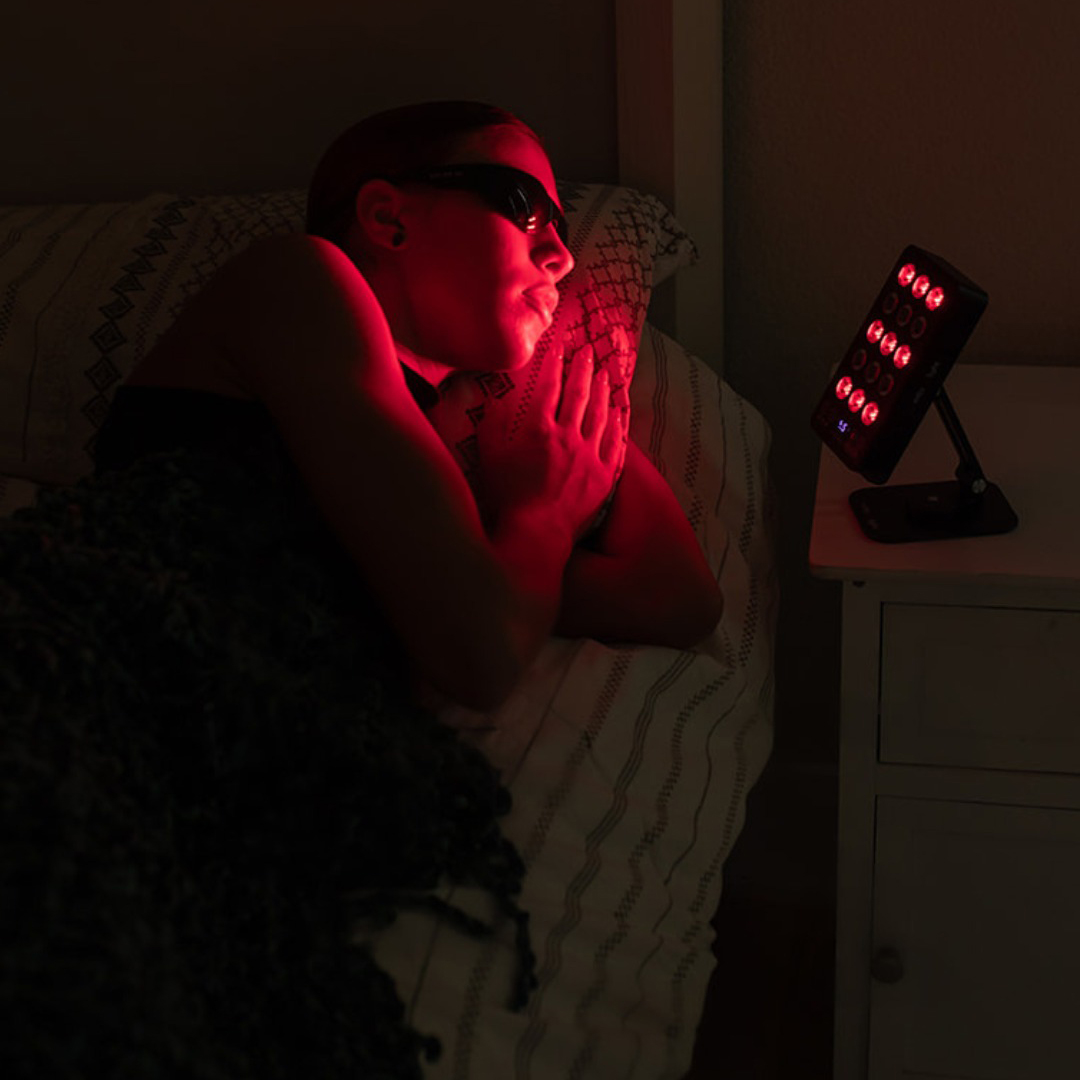![]() Free Shipping
Free Shipping ![]() Buy Now, Pay Later
Buy Now, Pay Later ![]() Eligible
Eligible
Red Light Therapy for Degenerative Disc Disease: A Science-Backed Guide
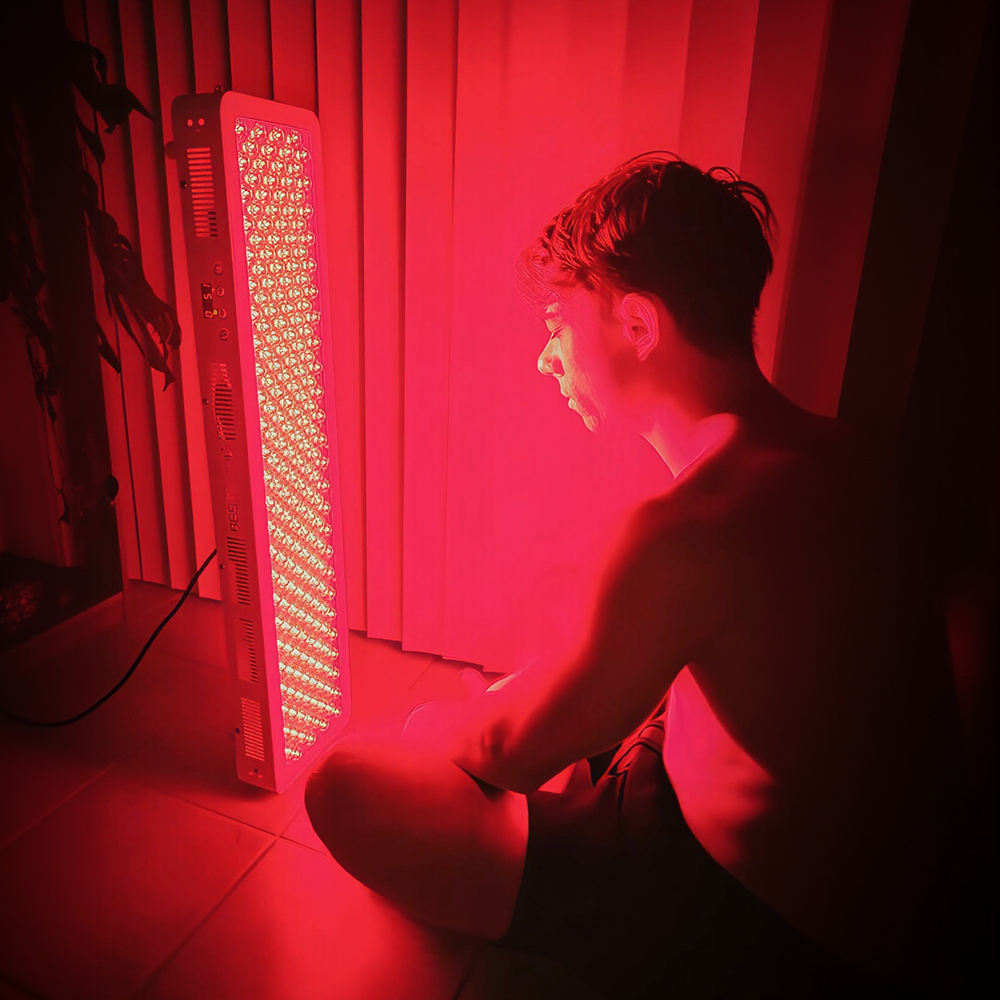
Degenerative Disc Disease (DDD) is a common, often painful condition caused by the wear-and-tear of the spinal discs that act as cushions between your vertebrae. For millions seeking alternatives to medication and surgery, red light therapy (RLT) is emerging as a promising, non-invasive treatment option. This comprehensive guide explores the science, benefits, and practical application of RLT for managing DDD pain and promoting spinal health.
What is Degenerative Disc Disease?
Before diving into the treatment, it’s crucial to understand the condition. DDD isn’t actually a “disease” but a natural part of the aging process for many. It occurs when spinal discs dry out, shrink, or become damaged, leading to:
- Loss of Disc Height: Reduced cushioning between vertebrae.
- Disc Bulges or Herniations: The inner disc material pushes out.
- Bone Spurs: The body’s attempt to stabilize the area, which can pinch nerves.
These changes can cause chronic pain, stiffness, and inflammation, often radiating to the arms or legs (radiculopathy).
How Does Red Light Therapy Work? The Science Explained
Red Light Therapy, also known as Low-Level Laser Therapy (LLLT) or photobiomodulation, uses specific wavelengths of red and near-infrared (NIR) light. Unlike surgical lasers that cut or burn tissue, RLT uses low-energy light to stimulate healing at a cellular level.
The process is simple yet profound:
- Penetration: NIR light (~800-880nm) penetrates deeply through the skin and soft tissue to reach the spinal discs and surrounding structures.
- Cellular Absorption: The light energy is absorbed by the mitochondria, the “powerplants” of our cells.
- ATP Boost: This absorption stimulates the mitochondria to produce more Adenosine Triphosphate (ATP), the primary fuel for cellular processes.
- Cascade of Healing Effects: With more energy, cells function more efficiently, leading to reduced inflammation, increased blood flow, and accelerated repair.
The Direct Benefits of Red Light Therapy for Degenerative Discs
For individuals with DDD, this cellular stimulation translates into several key therapeutic benefits.
Reducing Inflammation
Inflammation is a primary source of pain in DDD. RLT has been shown to significantly reduce key inflammatory markers. A study in the European Journal of Physical and Rehabilitation Medicine concluded that LLLT effectively reduced pain and inflammation in musculoskeletal disorders.
Doctor’s Insight: “Chronic inflammation in the spinal structures is a major pain generator. Red light therapy offers a drug-free method to modulate the body’s inflammatory response, providing significant relief for many patients.” – Dr. Jane Simmons, MD, Physiatrist
Stimulating Cellular Repair and Regeneration
The discs in our spine have a poor blood supply, making self-repair difficult. RLT energy can help stimulate the disc’s cells (chondrocytes) to produce more of the essential proteins that make up the disc’s structure.
A landmark study published in Photomedicine and Laser Surgery found that applying specific wavelengths of light to damaged disc cells in a lab setting increased cellular proliferation and production of collagen and proteoglycans—the building blocks of healthy discs.
Promoting Blood Flow and Oxygenation
RLT stimulates the release of nitric oxide, a molecule that dilates blood vessels (vasodilation). This improves circulation to the affected area, delivering more oxygen and nutrients while removing waste products, creating a better environment for healing.
Pain Relief
By tackling inflammation and promoting healing at the source, RLT provides natural pain relief. The increased ATP production also helps calm overactive pain nerves.
Red Light Therapy vs. Other Common DDD Treatments
How does RLT stack up against traditional approaches? The following table highlights its unique position as a non-invasive, root-cause-focused modality.
| Treatment Modality | How It Works | Pros | Cons |
|---|---|---|---|
| Red Light Therapy | Stimulates cellular repair & reduces inflammation | Non-invasive, minimal side effects, addresses root cause, can be used at home | Requires consistency, not always covered by insurance |
| Pain Medication | Blocks pain signals or reduces inflammation | Fast-acting, widely available | Masks symptoms, risk of side effects/dependency |
| Epidural Steroid Injections | Delivers powerful anti-inflammatories to the source | Potent, targeted relief for flare-ups | Invasive, temporary effects, potential tissue damage with repeated use |
| Physical Therapy | Strengthens supporting muscles, improves mobility | Addresses biomechanics, improves function | Requires active effort, progress can be slow |
| Spinal Fusion Surgery | Fuses vertebrae to eliminate motion | Can resolve instability | Highly invasive, long recovery, alters spinal mechanics |
Doctor’s Insight: “While medications and injections are crucial tools for acute flare-ups, therapies like RLT represent a shift towards regenerative medicine. They aim to improve the health of the tissue itself, which can lead to more sustainable, long-term outcomes.” – Dr. Mark Chen, DO, Orthopedic Surgeon
How to Use Red Light Therapy for Degenerative Disc Disease
Professional vs. At-Home Devices
- Professional Treatments: Performed in chiropractic, physical therapy, or wellness clinics. These devices are high-powered, and a therapist can ensure optimal positioning. A typical protocol may involve 2-3 sessions per week for several weeks.
- At-Home Devices: Include panels, belts, and handheld devices. They offer convenience for daily use but are generally less powerful. Consistency is key with at-home units.
Best Practices for Effective Treatment
- Consistency is Critical: Unlike a pill, RLT works cumulatively. Daily or near-daily use is often recommended, especially in the beginning.
- Target the Right Area: Apply the light directly to the area of the spine where the degenerative discs are located (e.g., lower back for lumbar DDD).
- Dosage Matters: Follow the manufacturer’s guidelines for treatment time and distance. A typical session lasts 10-20 minutes.
- Minimal Clothing: Light should be applied directly to bare skin for maximum penetration.
- Patience: While some feel immediate warmth and relaxation, tangible pain relief and improved mobility often take 2-8 weeks of consistent use.
VELLGUS Elite V2
THE #1 RATED RED LIGHT DEVICE
VELLGUS pro V2
THE #1 RATED FULL BODY RED LIGHT DEVICE
Conclusion: A Bright Future for Spinal Care
Red Light Therapy is not a magical cure, but it is a powerful, evidence-supported tool for managing Degenerative Disc Disease. By targeting the underlying cellular dysfunction that causes pain and inflammation, it offers a safe, non-invasive path to pain relief and improved quality of life. When combined with a healthy lifestyle, proper nutrition, and guided exercise, RLT can be a cornerstone of a comprehensive, proactive approach to spinal health.



